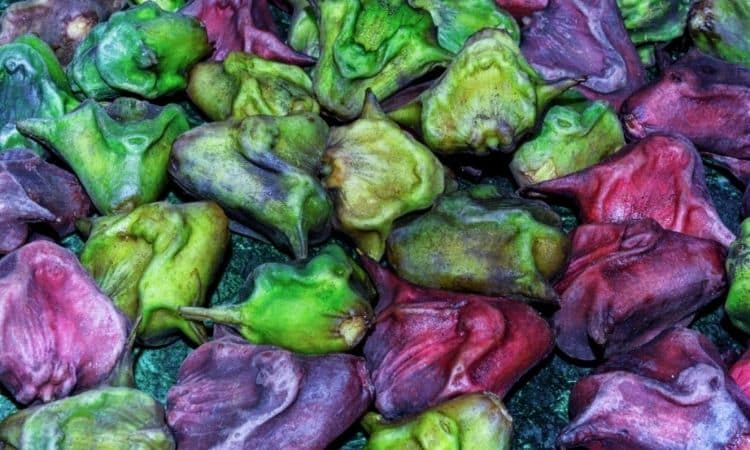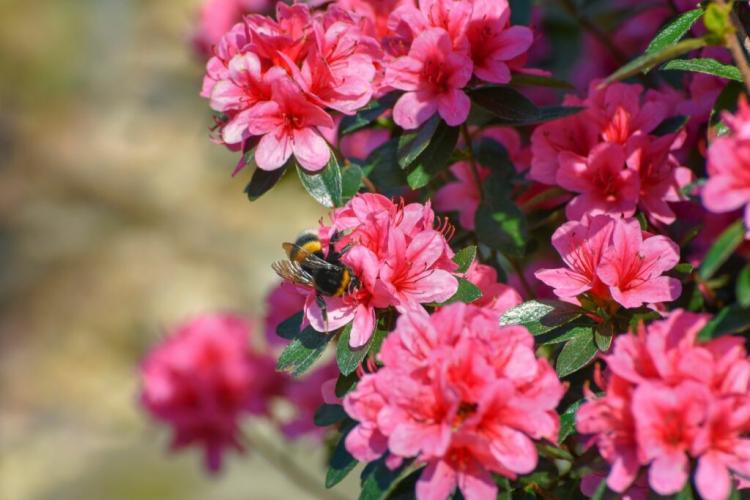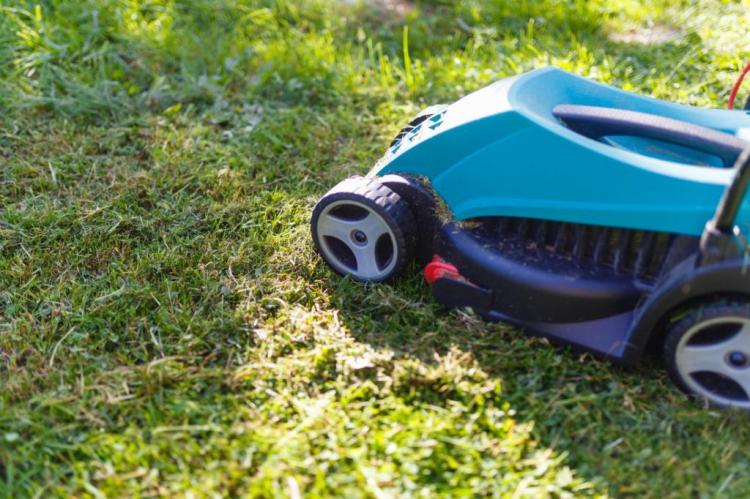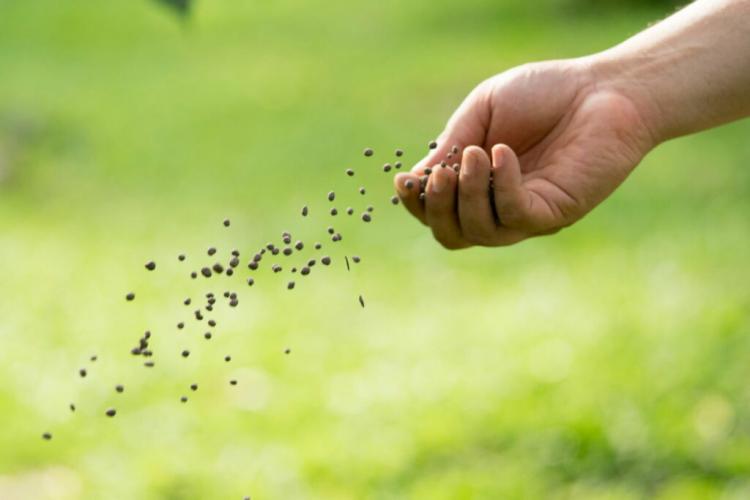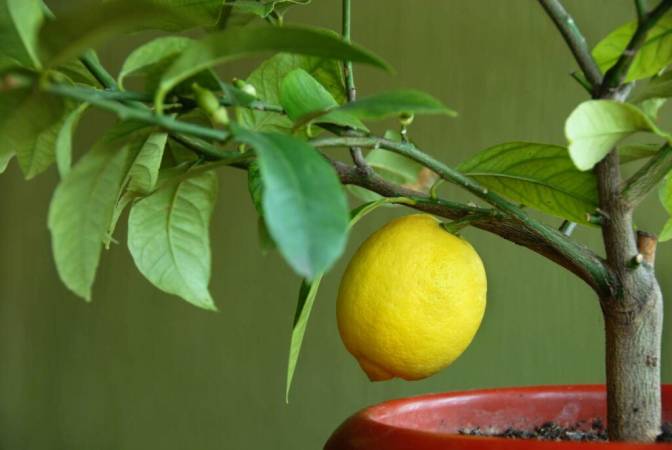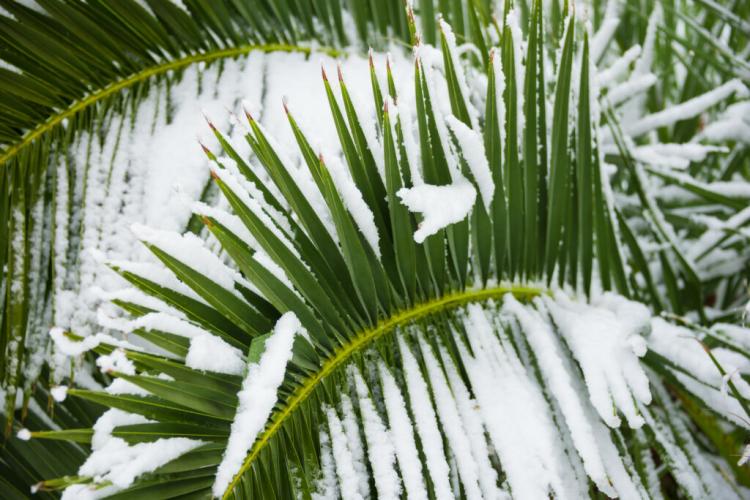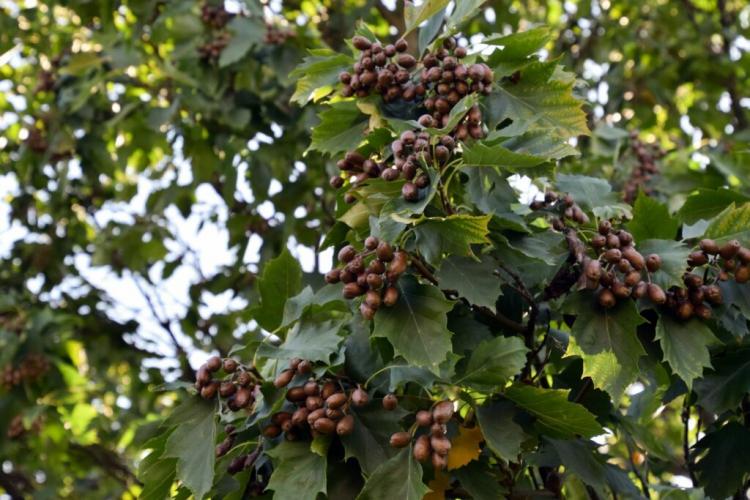Water Chestnut: Plants And Care Of The Trapa Natans
The water chestnut (Trapa natans) is a very special water plant. We tell you how you can plant and care for the water chestnut in your own pond. The water chestnut is an endangered beauty that can also decorate your garden pond. In the following, you will learn how to cultivate and care for this special water plant. We also show how the fruits of the water chestnut can be used.
https://youtu.be/5gBAAnoltK0
Water Chestnut: Origin And Characteristics
Botanically, the water chestnut (Trapa natans) is classified in the subfamily water nut plants (Trapaceae) of the family of the willow family (Lythraceae). Even though the names of the water chestnut and the water chestnut (Eleocharis dulcis) sound very similar, the two are not related and are visually very different.
Originally, the water chestnut originates from the temperate and subtropical zones of Europe, Asia, and North Africa. Today, it is still weakly widespread throughout the Mediterranean region. Here in the USA, the last stocks are threatened with extinction, which is why the water chestnut has been protected since 1987 and is on the red list. In the Neolithic Age, it was an important source of food for humans, today it is still occasionally used in Asian cuisine.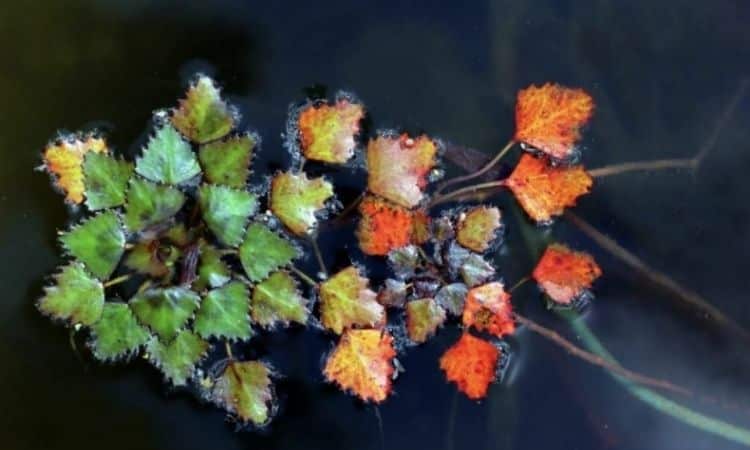
The water chestnut plant is a deciduous, annual floating plant. It is anchored in the ground by a 1 to 3-meter long main shoot and by the barbs of the water chestnut fruit. The herbaceous leaves are held by an air-filled stem at the water surface. They are fan-shaped to diamond-shaped and arranged rosette-like around the leaf stalk.
The plants can reach a diameter of about 20 cm. The formation of the leaves begins in June. On the underside of the leaves and the stems, there are acid-secreting glands, which serve to protect the leaves from being eaten. Small, inconspicuous, white flowers are formed from July to the end of August or beginning of September.
The water chestnut is self-pollinating, which means that the flowers can be pollinated by its own pollen. In the course of autumn, the leaves turn a beautiful red and die off gradually. On the main shoot, paired secondary roots are formed, which support the water chestnut in photosynthesis.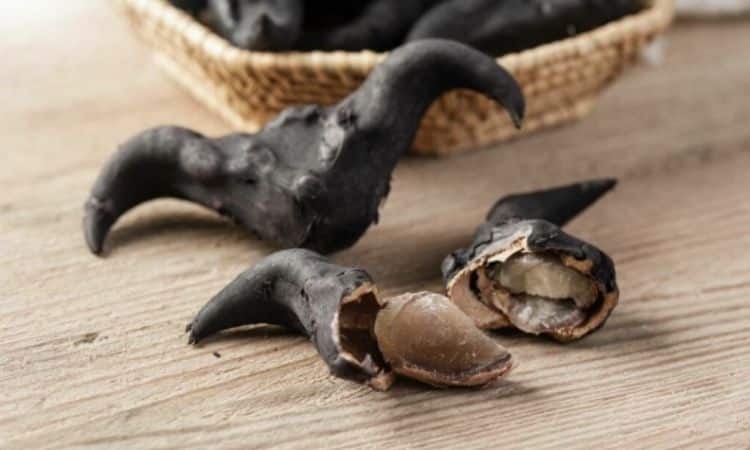
The fruits of the water chestnut are dark brown and hard-shelled nuts. They grow along the stem and form two to four pointed thorns at the ends. The thorns serve later, as an anchor, for fixation in the bottom of the water. In this way, a new plant can grow the following year without drifting off. Inside there is a white, starchy core.
The kernel is ripe between September and October and germinates in the following year when it is warm enough. Besides being spread by water, the nuts can also be spread by birds or by humans.
Different Forms Of Water Chestnut
In general, a distinction is made between two varieties of water chestnut:
- Trapa natans: which is native to Europe, is the water hazelnut that grows best in our country. Since it is threatened with extinction, the seeds are exclusively from the offspring. Some plants do not produce fruit.
- Trapa natans bispinosa: (also called ‘Chinese water chestnut’ or ‘Singhara water chestnut’), which originates from Asia, produces olive-green leaves with reddish-brown nerves. Due to the shorter summer in our country, it does not have enough time to form fruits. It needs a tropical climate.
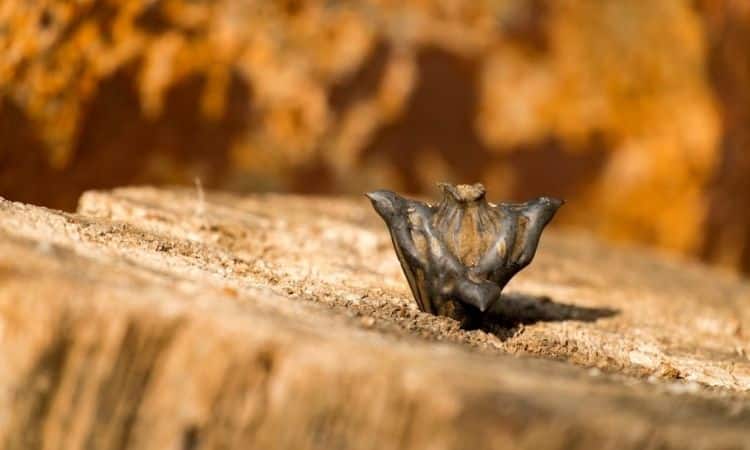
Plant Water Chestnut
The natural habitats of the water chestnut are standing waters, calcareous-poor, but nutrient-rich old waters, humus mud lakes, and ponds as that under third of the Danube from Serbia. Because of its heat requirement, it does not grow at higher altitudes. Whoever wants to cultivate the water chestnut in a garden pond needs a muddy-sandy pond bottom and an average depth of about 60 cm. It should also be warm and sunny. Slightly acidic pond water is preferred by the water chestnut but is not a must.
To sow the water chestnut in the pond, it is sufficient to place the nuts near the desired location on the pond’s bottom. The plant then anchors itself and grows up by itself. For smaller ponds, 2 to 3 nuts are sufficient to achieve a beautiful planting pattern. Group planting is also possible without any problems. The yellow water-lily (Nuphar lutea), the European Sea Jug (Nympoides peltata), or the heart-leaved pokeweed (Pontederia cordata) are particularly suitable for this.
